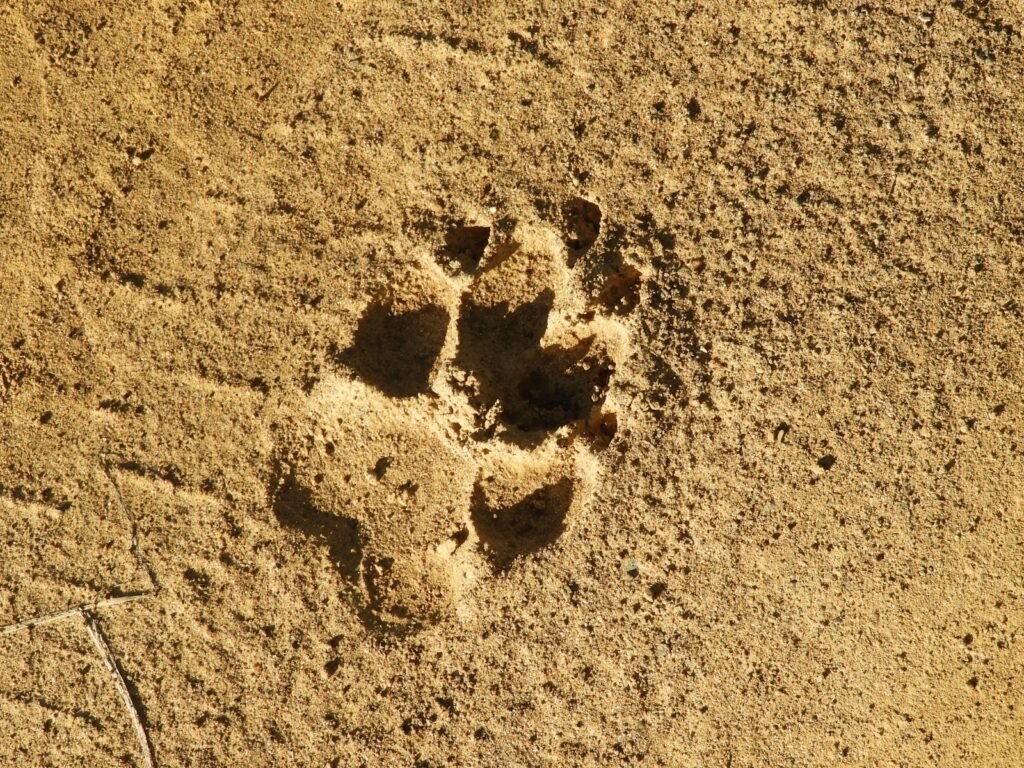In the spine of the continent, where wind cuts through spruce and granite, a quiet drama is unfolding. After a century of decline, several native predators are edging back into the Rocky Mountains, and the landscape is reacting in subtle, mesmerizing ways. The story is not a simple comeback tale; it’s a mosaic of reintroductions, natural dispersals, and painstaking coexistence work by scientists and communities. The stakes are high because predators don’t just fill a slot on a species list – they change how entire ecosystems behave. And as climate stress tightens its grip, their return is forcing a deeper question: can a modern, crowded West share space with wild teeth and stealth?
The Hidden Clues
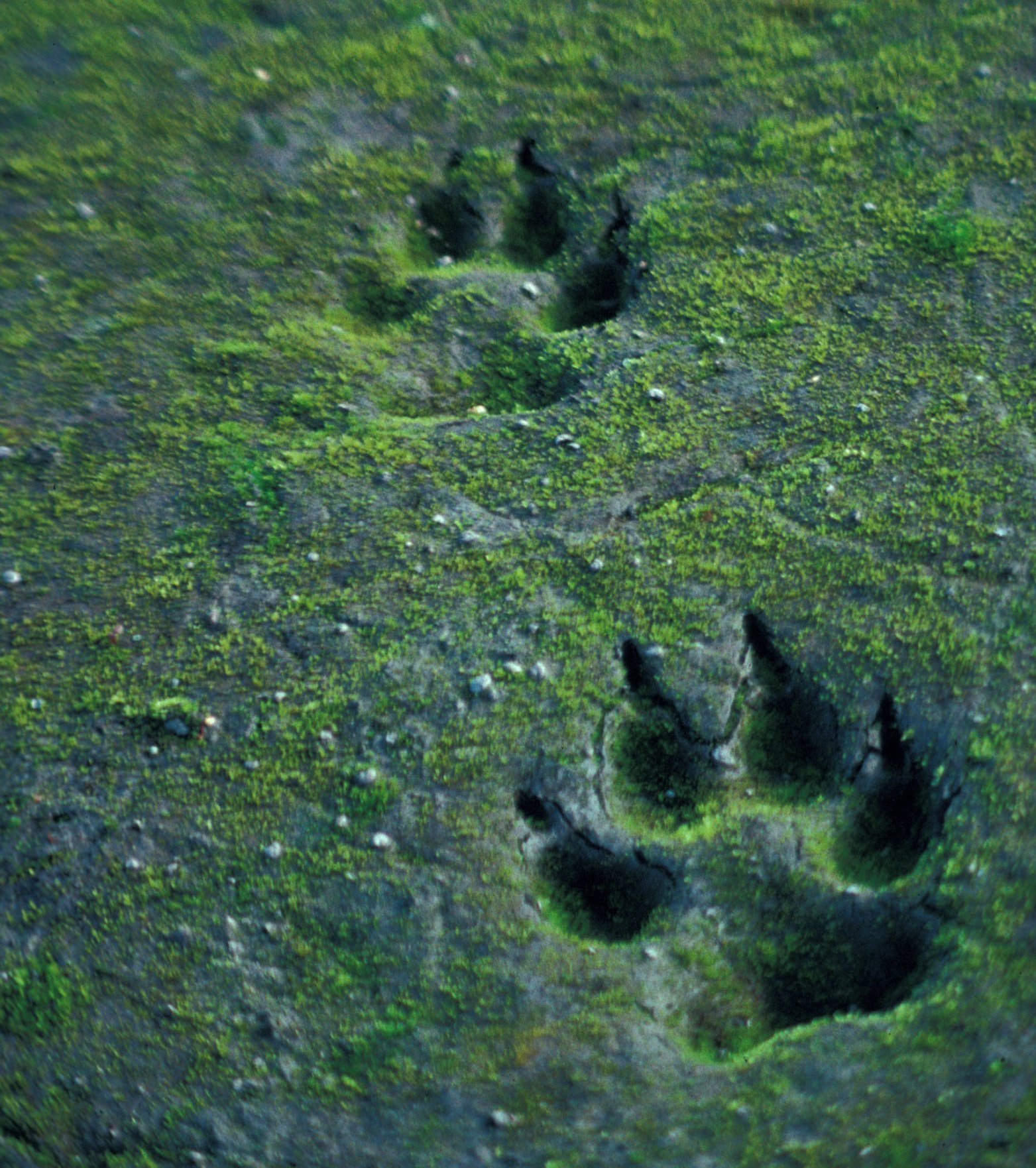
I still remember a dawn hike in the Gallatin Range when I found a single track pressed into mud, so sharp it felt like a whispered secret. That’s how these returns often begin: a paw print, a tuft of hair on barbed wire, a flash on a trail camera that was meant to watch deer. Field biologists call these signs “detections,” but to the rest of us they are small jolts of wonder, proof that the Rockies are not finished telling their story. The pattern of such clues has been growing – more detections, more often, in more places – hinting at predators reclaiming former ground. What looks like chance is usually the product of corridors, protected headwaters, and prey-rich valleys that still thread through working lands. Each sign is a breadcrumb pointing to a larger truth: wild neighbors are near, and they’re testing the edges of our tolerance.
Who’s Coming Back
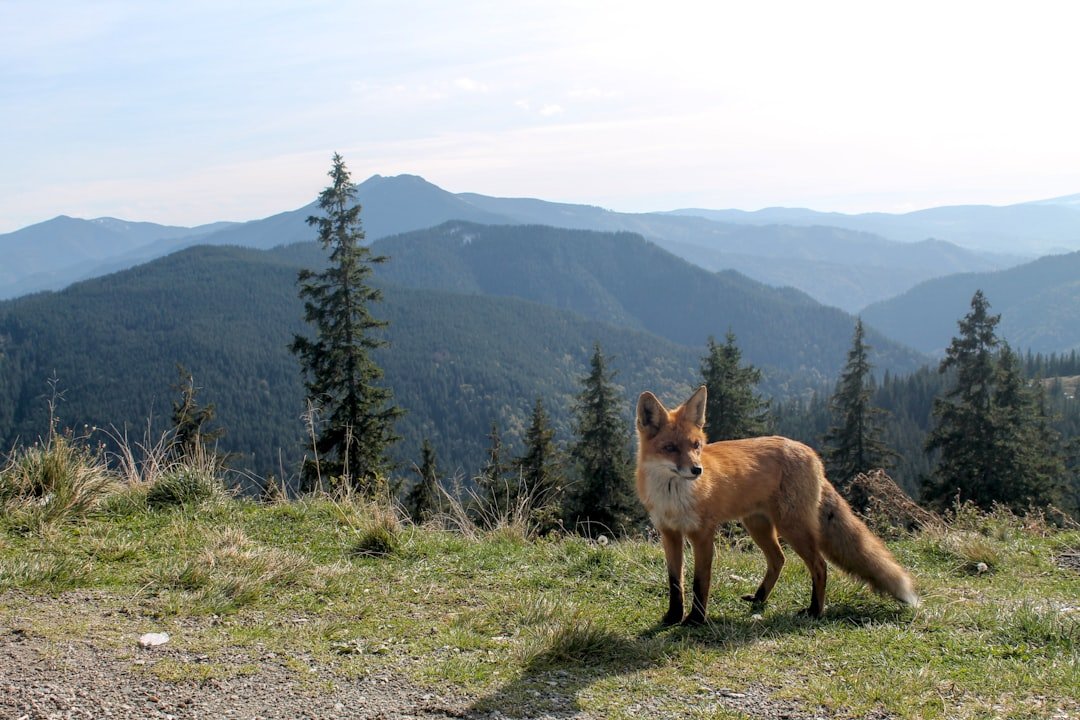
Gray wolves, reestablished in the northern Rockies decades ago, continue to disperse along mountain backbones, and Colorado has begun its own carefully managed releases to rebuild a resident population. Grizzly bears, never far from the high country of Montana and Wyoming, are expanding their range where food and secure habitat persist, though their future remains bound to cautious management and public buy-in. Wolverines, the snow-loving mountaineers with a reputation for impossible journeys, are popping up in surveys and occasional long-distance sightings, a reminder that persistence can look like myth until a track proves otherwise. Canada lynx, reintroduced to Colorado and holding their ground in subalpine forests, ride the boom-and-bust cycles of snowshoe hares while slipping between tree shadows. Mountain lions, already widespread, are teaching us how large carnivores navigate near towns and trailheads, a lesson in stealth most hikers never notice. Each species returns by a different route, but all depend on intact habitat, room to roam, and people willing to share.
From Ancient Tools to Modern Science

Tracking used to be leather and instinct, and in many ways it still is – good eyes, patient feet, and a feel for wind and slope. Today, those skills mesh with a toolkit that would have sounded like science fiction not long ago: environmental DNA that reads animal presence from water and snow, AI-enhanced camera traps that sort millions of images, and satellite collars that sketch nightly journeys across ridgelines. Noninvasive genetics from hair and scat now maps family trees and migration paths without a single capture. Acoustic sensors listen for howls, growls, and even the wingbeats of prey birds that hint at predator movement. This fusion of old and new sharpens our picture of recovery, turning a scattered set of clues into a living map we can actually plan around.
Trophic Cascades in Real Time
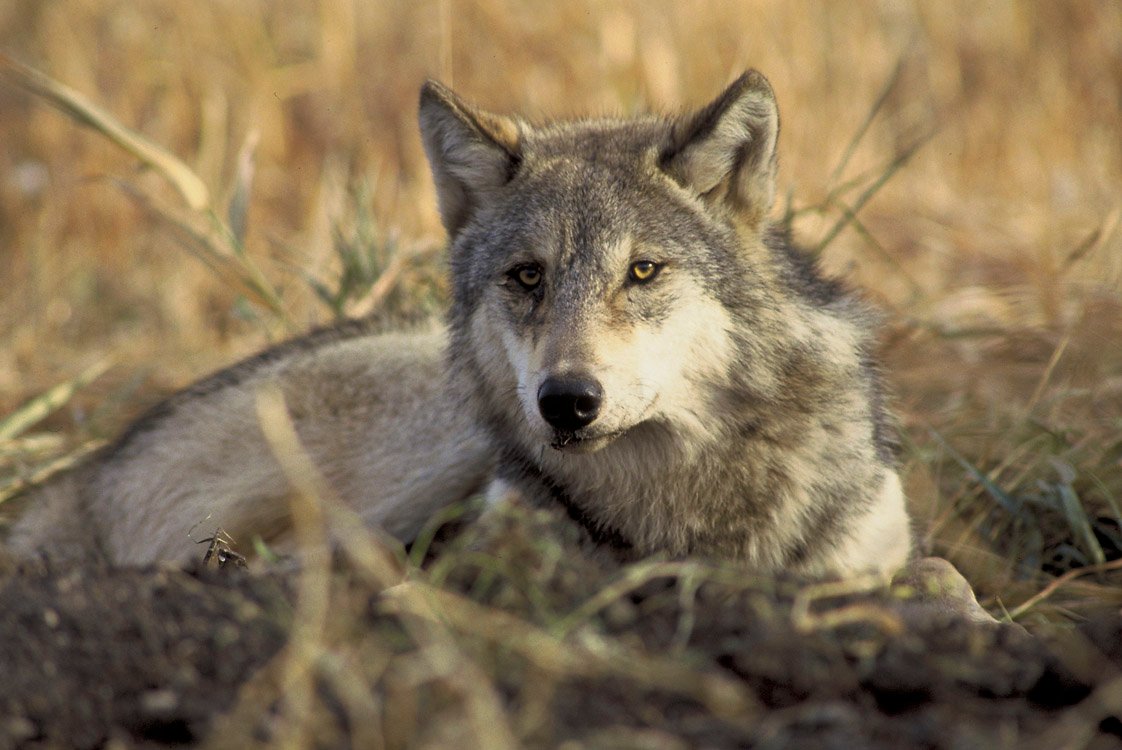
Predators do more than thin a herd; they change how prey behave, and that reshapes vegetation, water, and everything downstream of those decisions. In places where wolves have settled, elk linger differently, and riparian willows can catch a breath, sometimes creating better niches for beavers and songbirds. Mountain lions can nudge deer off vulnerable slopes, easing the chew on young aspen that need light and time to rise. Grizzlies spread nutrients when they dig and forage, turning soil and distributing seeds in ways we’re only starting to quantify. These effects are not uniform or guaranteed, but when they appear, they feel like a landscape remembering its native rhythm.
Why It Matters
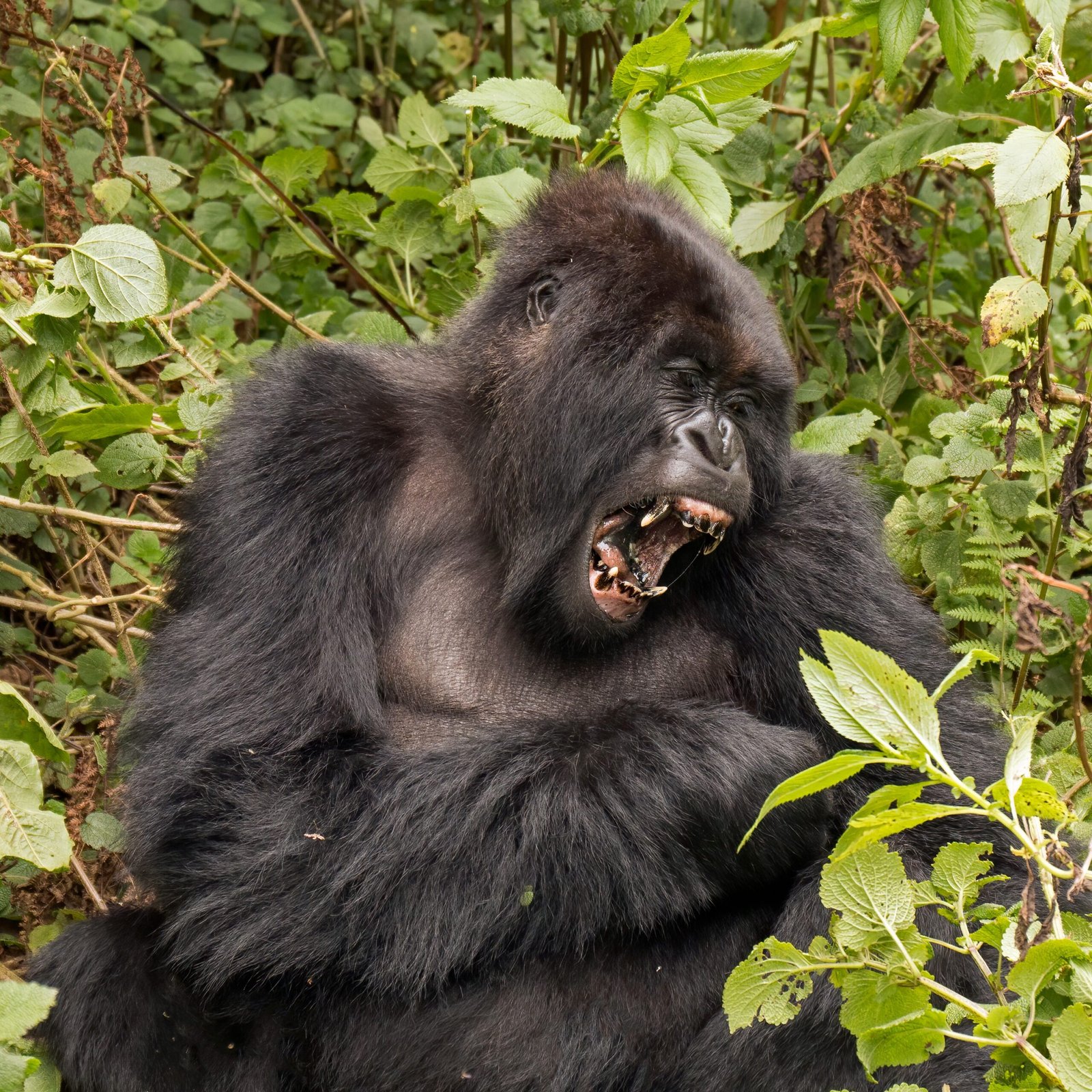
The return of predators is not a trophy shot for the conservation bookshelf; it’s a stress test for an ecosystem under pressure. Compared to single-species management that dominated much of the twentieth century, a predator-aware approach forces us to think about whole food webs and the corridors that stitch them together. It aligns with what many ranchers, foresters, and anglers already know: resilience comes from diversity, and shortcuts eventually bill us with interest. Predators can bolster that resilience by moderating herbivory, recycling nutrients, and keeping prey moving, which often benefits streambanks and young forests. There is also a moral weight here – restoring what we removed when the region was younger and harsher and we thought control meant health. In practical terms, healthy predator-prey systems can buffer the Rockies against climate shocks, making the whole machine a little less brittle.
Human Footprints and Friction
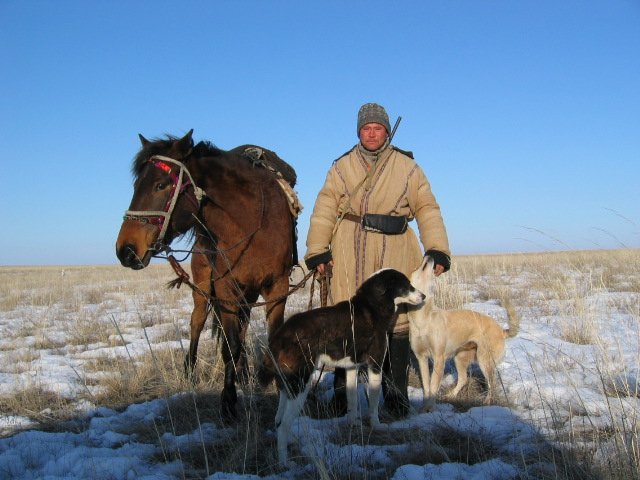
Recovery doesn’t happen in a vacuum, and the West is not empty space on a map; it’s ranches, ski towns, timber country, and a booming outdoor economy. Livestock depredation is real, and so is fear when a bear shows up where the school bus stops or a lion crosses a backyard camera at midnight. The emerging playbook is equal parts empathy and engineering: carcass removal, carcass composting, night penning, range riders, guard animals, and fladry lines that flicker and buzz at the right frequencies. Recreation adds another layer, with crowded trail systems pushing wildlife into the hardest hours and narrowest refuges. Success, when it comes, looks ordinary – a calf that makes it to weaning, a garbage can that stays locked, a campsite that doesn’t smell like a pantry. The Rockies will keep their predators only if everyday habits line up with biology, not the other way around.
The Future Landscape
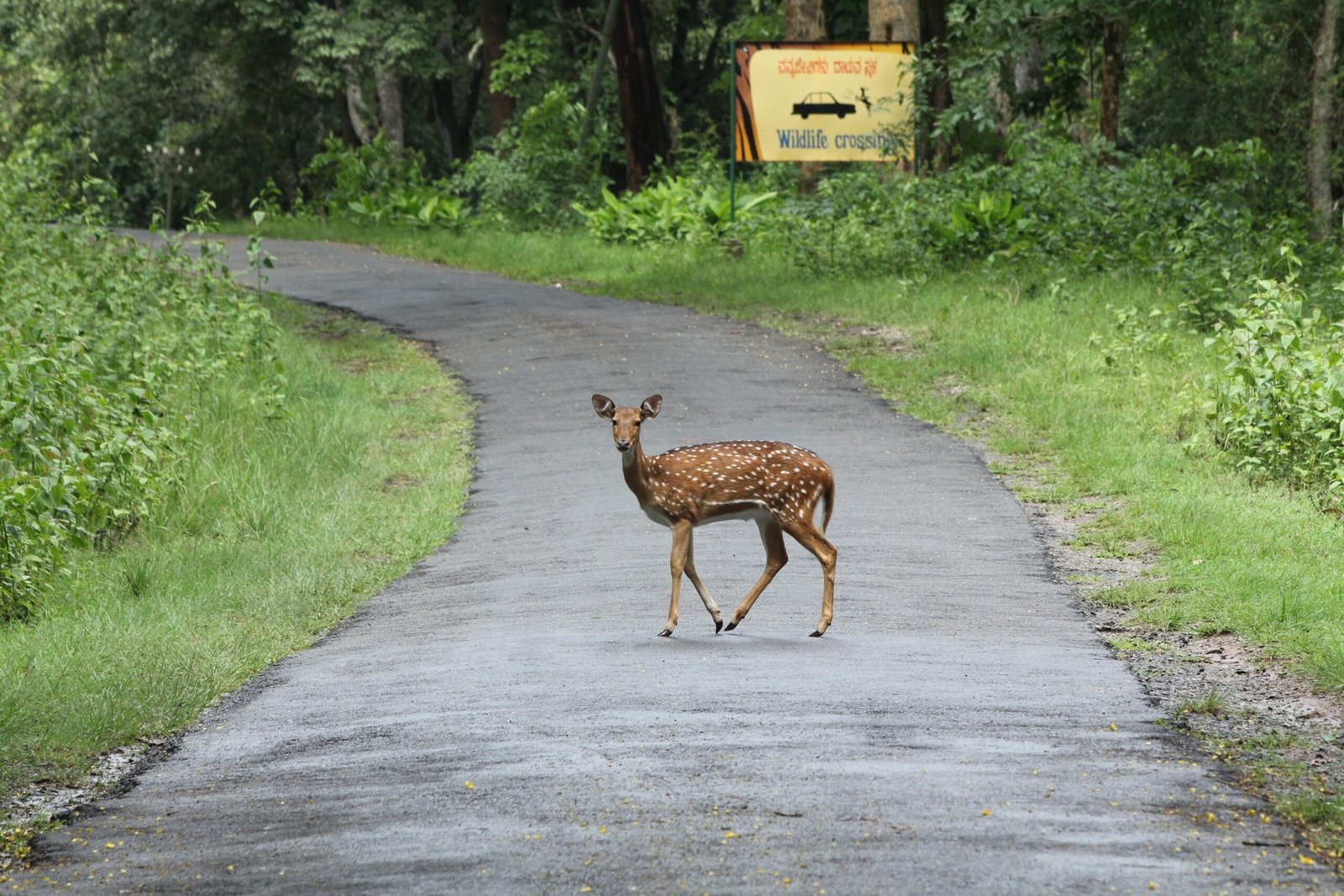
What happens next will be decided by corridors and climate as much as by courtrooms and commissions. Warmer winters are squeezing snowpack, and that matters for animals like wolverines and lynx that rely on deep, late-season snow to den and hunt. Meanwhile, highway overpasses, underpasses, and strategically placed fencing are turning deadly barriers into lifelines for dispersing wolves, bears, and cats. On the research front, lighter collars, smarter algorithms, and community science apps are speeding up how fast we spot problems and adjust. If we pair these tools with working lands that stay working and forests that keep their high, cold shadows, the Rockies could maintain a thread of wildness strong enough to hold through hard decades. The choice is not between people and predators; it’s whether we plan ahead or pay later.
Conclusion
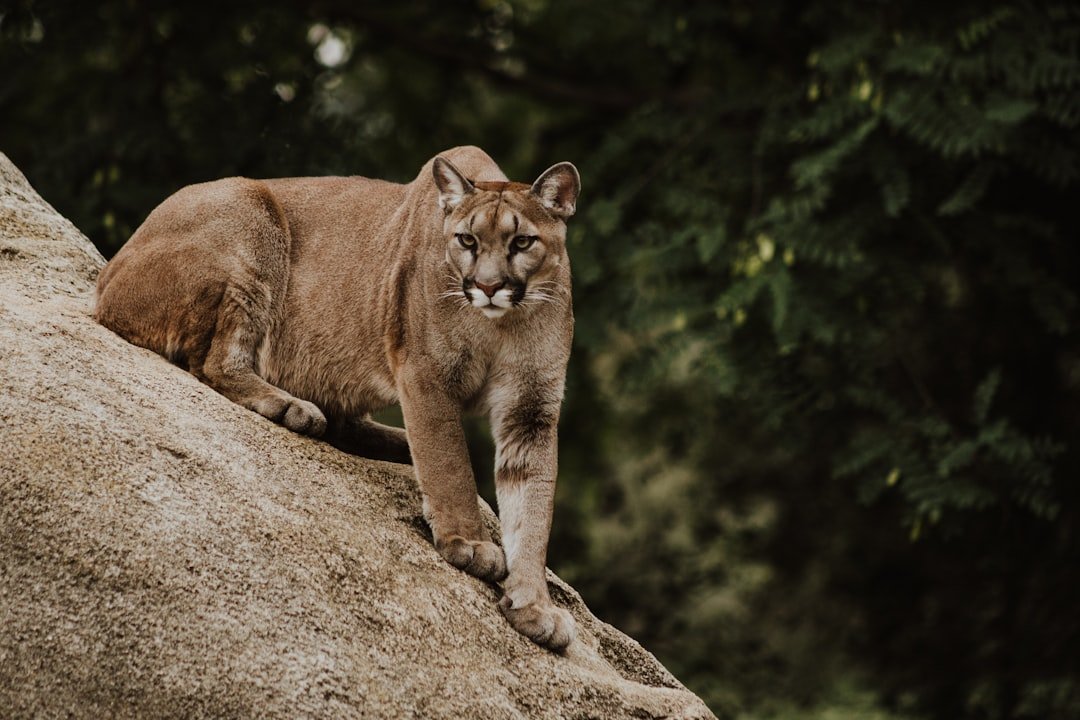
Start small and local: secure food attractants, leash dogs in mountain lion country, and learn bear-aware habits before the trailhead coffee cools. Support programs that help ranchers coexist – fund carcass pickup, back compensation that is fast and fair, and champion range riders who keep watch when it counts. Speak up for wildlife crossings and the open spaces that feed them, because a corridor on a map is meaningless without a community behind it. Share verified sightings through responsible channels, not rumor mills, and give sensitive locations a wide berth so science and animals can do their work. Most of all, make room in your idea of the Rockies for neighbors with claws and caution – because coexistence starts in the stories we choose to tell about home; are we ready to tell a bolder one?

Suhail Ahmed is a passionate digital professional and nature enthusiast with over 8 years of experience in content strategy, SEO, web development, and digital operations. Alongside his freelance journey, Suhail actively contributes to nature and wildlife platforms like Discover Wildlife, where he channels his curiosity for the planet into engaging, educational storytelling.
With a strong background in managing digital ecosystems — from ecommerce stores and WordPress websites to social media and automation — Suhail merges technical precision with creative insight. His content reflects a rare balance: SEO-friendly yet deeply human, data-informed yet emotionally resonant.
Driven by a love for discovery and storytelling, Suhail believes in using digital platforms to amplify causes that matter — especially those protecting Earth’s biodiversity and inspiring sustainable living. Whether he’s managing online projects or crafting wildlife content, his goal remains the same: to inform, inspire, and leave a positive digital footprint.

